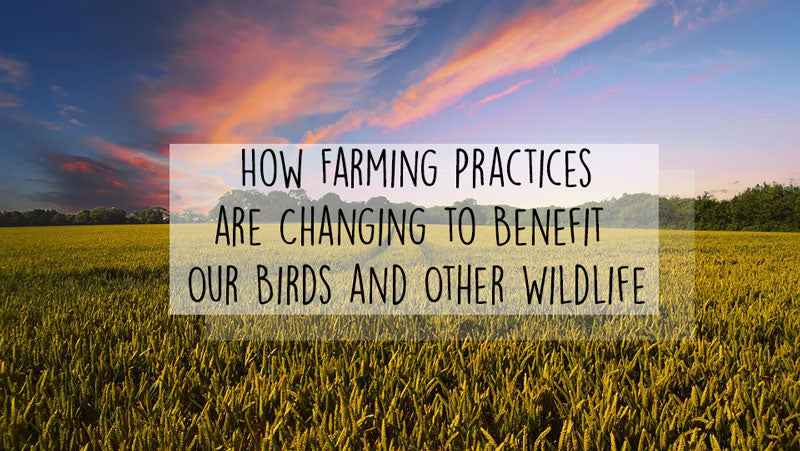Offer
Provide additional details about the offer you're running.
Provide additional details about the offer you're running.
Provide additional details about the offer you're running.

Farming has been a part of human life for as long as we have been roaming this big, beautiful planet. Much the same as anything else with humans, we have evolved our practices over time, typically in an effort to improve upon things.
The changes to the farming industry have evolved greatly, particularly over the past few decades here in North America. With the evolution of technology and equipment, many practices are becoming more efficient for farmers but as citizens of the Earth, we must always remain diligent in ensuring that despite our efficiencies, we are still keeping nature in mind.
For us, growing up on a farm consisted of 100-or-so acres of land in which only a quarter of it might be actively farmed for crops. Conversely today, many farms can be upwards of ten times that size and with such a large environmental footprint, we are making changes as a society to ensure the health and safety of our wildlife.
When it comes to large farming operations and their expansive fields of crops, the residue, or materials such as straw, stalks and stubble that are left on the field provide refuge, feed and nesting sites for a variety of wildlife species.
Conventional tillage, unfortunately, incorporates much of this residue into the soil, rendering it useless for wildlife to utilize. Numerous studies have highlighted the importance of the residue to our wildlife and as such, many farmers are turning to no-till zones or properly times conservation tillage.
Outside of wildlife preservation, farmers are finding that this technique also benefits them and their property by reducing soil erosion and organic matter and retaining soil moisture.
In addition to reduced tilling, preserving natural elements of farm property is another fantastic way farmers are increasing and protecting natural habitat. This includes preserving hedgerows and tree windbreaks and other buffer zones which allow the preservation of bodies of water and safe passage between habitats for all species of wildlife.
While some of these changes can be challenging for Canadian farmers given the increase of cash crop prices, there are a variety of stewardship programs and other sources of funding in place to help make this process one that is profitable for every single one of us.
With important wildlife habitat representing 30% of all agricultural land reported in the Census of Agriculture, and wildlife providing invaluable ecosystem services, you could say that the relationship between agriculture and wildlife should often be described as co-dependent!
High Quality Blend